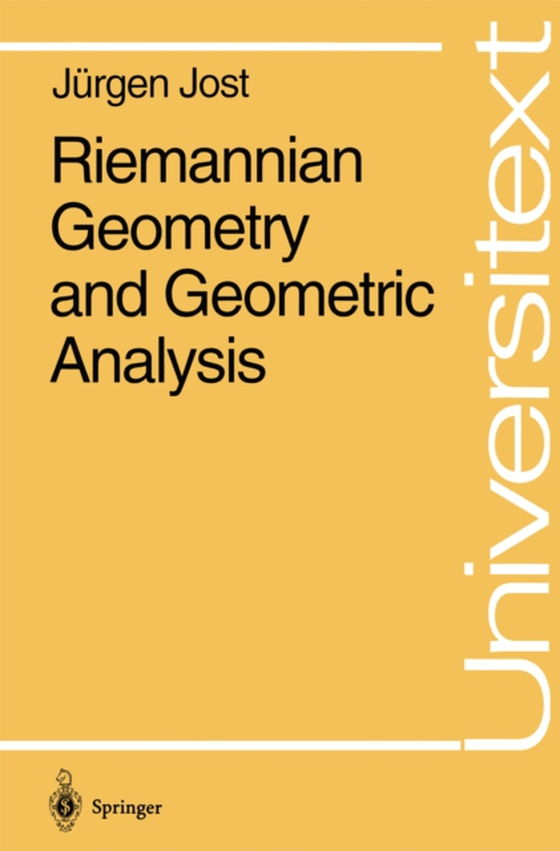
Riemannian Geometry and Geometric Analysis e-bog
692,63 DKK
(inkl. moms 865,79 DKK)
The present textbook is a somewhat expanded version of the material of a three-semester course I gave in Bochum. It attempts a synthesis of geometric and analytic methods in the study of Riemannian manifolds. In the first chapter, we introduce the basic geometric concepts, like dif- ferentiable manifolds, tangent spaces, vector bundles, vector fields and one- parameter groups of diffeomorphisms...
E-bog
692,63 DKK
Forlag
Springer
Udgivet
17 april 2013
Genrer
Cybernetics and systems theory
Sprog
English
Format
pdf
Beskyttelse
LCP
ISBN
9783662031186
The present textbook is a somewhat expanded version of the material of a three-semester course I gave in Bochum. It attempts a synthesis of geometric and analytic methods in the study of Riemannian manifolds. In the first chapter, we introduce the basic geometric concepts, like dif- ferentiable manifolds, tangent spaces, vector bundles, vector fields and one- parameter groups of diffeomorphisms, Lie algebras and groups and in par- ticular Riemannian metrics. We also derive some elementary results about geodesics. The second chapter introduces de Rham cohomology groups and the es- sential tools from elliptic PDE for treating these groups. In later chapters, we shall encounter nonlinear versions of the methods presented here. The third chapter treats the general theory of connections and curvature. In the fourth chapter, we introduce Jacobi fields, prove the Rauch com- parison theorems for Jacobi fields and apply these results to geodesics. These first four chapters treat the more elementary and basic aspects of the subject. Their results will be used in the remaining, more advanced chapters that are essentially independent of each other. In the fifth chapter, we develop Morse theory and apply it to the study of geodesics. The sixth chapter treats symmetric spaces as important examples of Rie- mannian manifolds in detail.
 Dansk
Dansk

